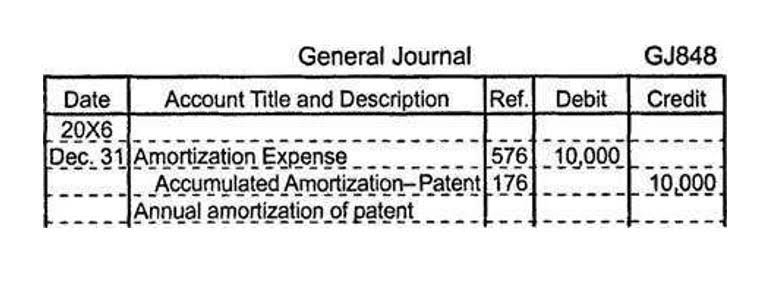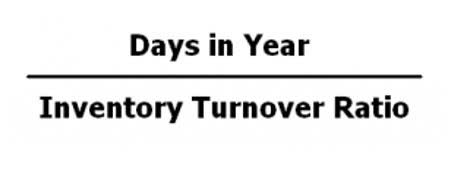
Michelle Payne has 15 years of experience as a Certified Public Accountant with a strong background in audit, tax, and consulting services. She has more than five years of experience working with non-profit organizations in a finance capacity. Keep up with Michelle’s CPA career — and ultramarathoning endeavors — on LinkedIn. Some loans are acquired to what are retained earnings purchase new assets, like tools or vehicles that help a small business operate and grow. Principle and interest payable refer to any payments due regarding the mortgage or loan payment.

We charge a monthly fee based on your business type

Examples of liability accounts that display on the Balance Sheet include Accounts Payable, Sales Tax Payable, Payroll Liabilities, and Notes Payable. Fixed assets, or non-current assets, are tangible assets with a life span of at least one year and usually longer. Intangible assets are things that represent money or value, such as accounts receivables, patents, contracts, and certificates of deposit (CDs). Running a business can be confusing at times, and especially if there’s lots of new accounting jargon that you’re not used to. Our ongoing series of accountancy FAQ articles helps small business Online Bookkeeping owners understand the accounts terminology they encounter. Accrued liabilities only exist when using an accrual method of accounting.
What Is an Accrued Expense?
- Although they aren’t distributed until January, there is still one full week of expenses for December.
- An accrued liability is an expense that a business has incurred but not yet paid for.
- On the other hand, liabilities represent the debts or obligations that a company owes to external parties, such as loans, accounts payable, or accrued expenses.
- The credit balance at month or year end is what flows through to the company’s balance sheet.
- It’s like a shiny metal unicorn that whisks you away to your financial dreams.
It invoices the restaurant for the purchase to streamline the drop-off and make paying easier for the restaurant. Expenses are typically recurring payments that are necessary to run a business. You can calculate your total liabilities by adding your short-term and long-term debts. Keep in mind your probable contingent liabilities are a best estimate and make note that the actual number may vary.
- At the same time, ignoring liabilities until they’re due can lead to poor cash flow management and planning—both of which lead to inaccurate budgeting and forecasting.
- On a balance sheet, these two categories are listed separately but added together under “total liabilities” at the bottom.
- Prepaid expenses are payments made in advance for goods and services that are expected to be provided or used in the future.
- Liabilities often appear on the balance sheet, affecting the company’s assets and equity, while expenses appear on the income statement, directly impacting net income.
- Expenses are an essential component of a company’s income statement.
What is the rule of liabilities in accounting?
The insurance are expenses a liability company, however, is obligated to provide coverage in case of a covered event. This crucial distinction highlights why prepaid insurance (and all prepaid expenses) are assets, not liabilities. Confusing prepaid expenses with liabilities would misrepresent a company’s financial position. Understanding the underlying nature of these accounts is essential for accurate financial reporting. Therefore, a clear understanding that is prepaid expense a liability will allow the balance sheet to be reported correctly. Recognizing the difference between assets and liabilities enables stakeholders to make well-informed decisions based on the financial statements.
An expense represents a cost a company incurs during its operations to generate revenue. These are the resources a company consumes to create its products or deliver its services. Costs are recorded in the accounting period in which they are incurred, a concept known as the matching principle. This principle seeks to align costs with the revenues they helped produce, allowing for a clear calculation of profitability for that period.
Financial Outlays
- Unlike liabilities, which represent obligations, expenses signify the cost of resources consumed in generating income.
- Prepaid expenses expected to provide benefits beyond this timeframe are classified as non-current assets (long-term assets).
- Distinguishable expenses are technically not required, but they can be.
- If you don’t pay expenses on time, you risk vendors shutting off crucial services and mission-critical supplies.
- For example, separate presentation might be made for significant prepaid rent, insurance, or software subscriptions.
- The most common liabilities are usually the largest such as accounts payable and bonds payable.
- Furthermore, expenses are usually recurring in nature, meaning they are expected to be incurred regularly over time.
A liability is money owed in the future, while an expense is a cost incurred to help the business run smoothly and generate revenue. Current liabilities are due within a year and include costs such as payroll, accounts payable and other short-term obligations. Noncurrent liabilities are long-term debts or obligations that are due beyond a 12-month period. The balance sheet reflects business expenses by drawing down the company’s cash account and increasing accounts payable. Also, expenses are more immediate in nature and are paid on a regular basis. They are shown on a company’s monthly income statement to determine the company’s net income.

Imagine you’re running a lemonade stand and want to know if it’s profitable. You need to track your expenses, the costs of running your business. Those expenses are like the bricks that build the foundation of your financial analysis. A company uses electricity throughout a month, and the cost is an expense for that month. If the utility company sends a bill at the end of the month that is due the following month, the company has incurred an expense but has not yet paid cash. AP typically carries the largest balances because they encompass day-to-day operations.
